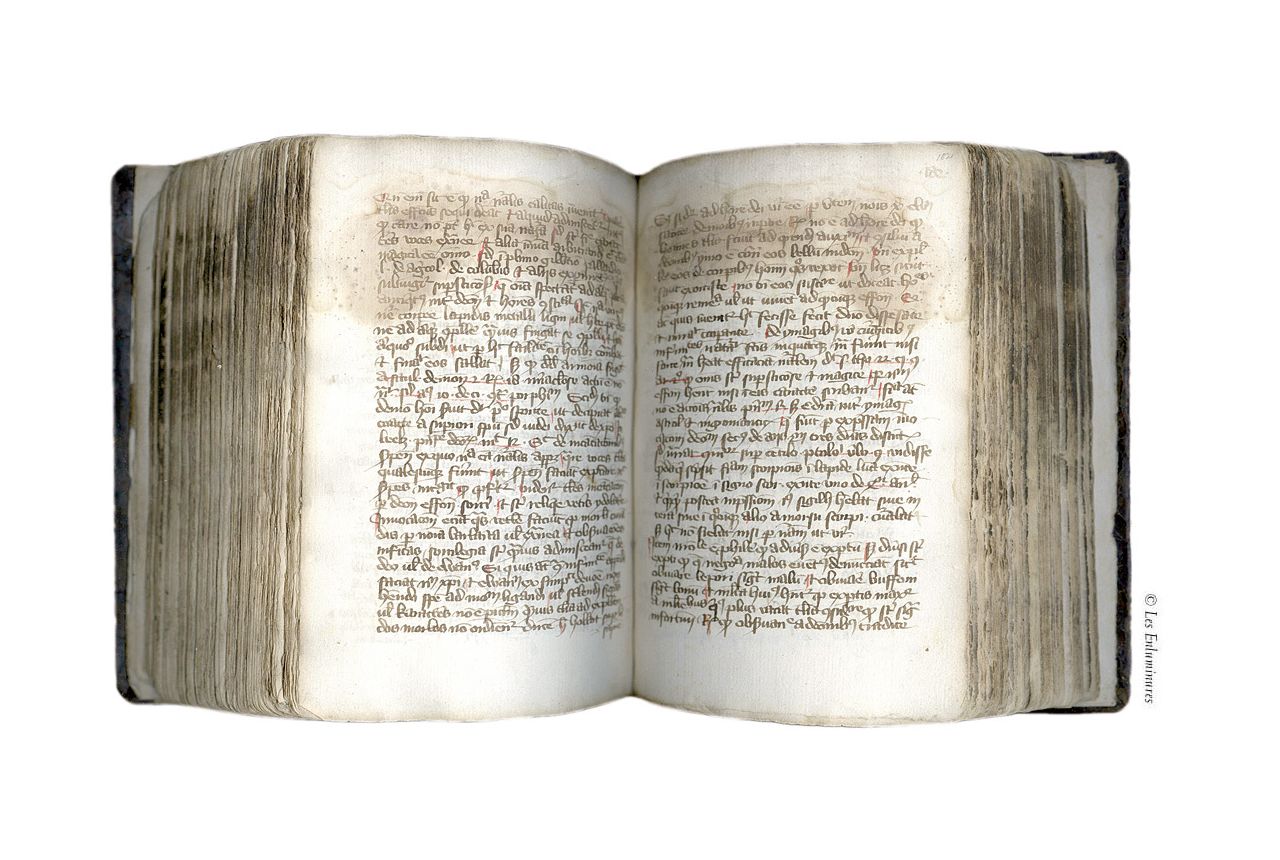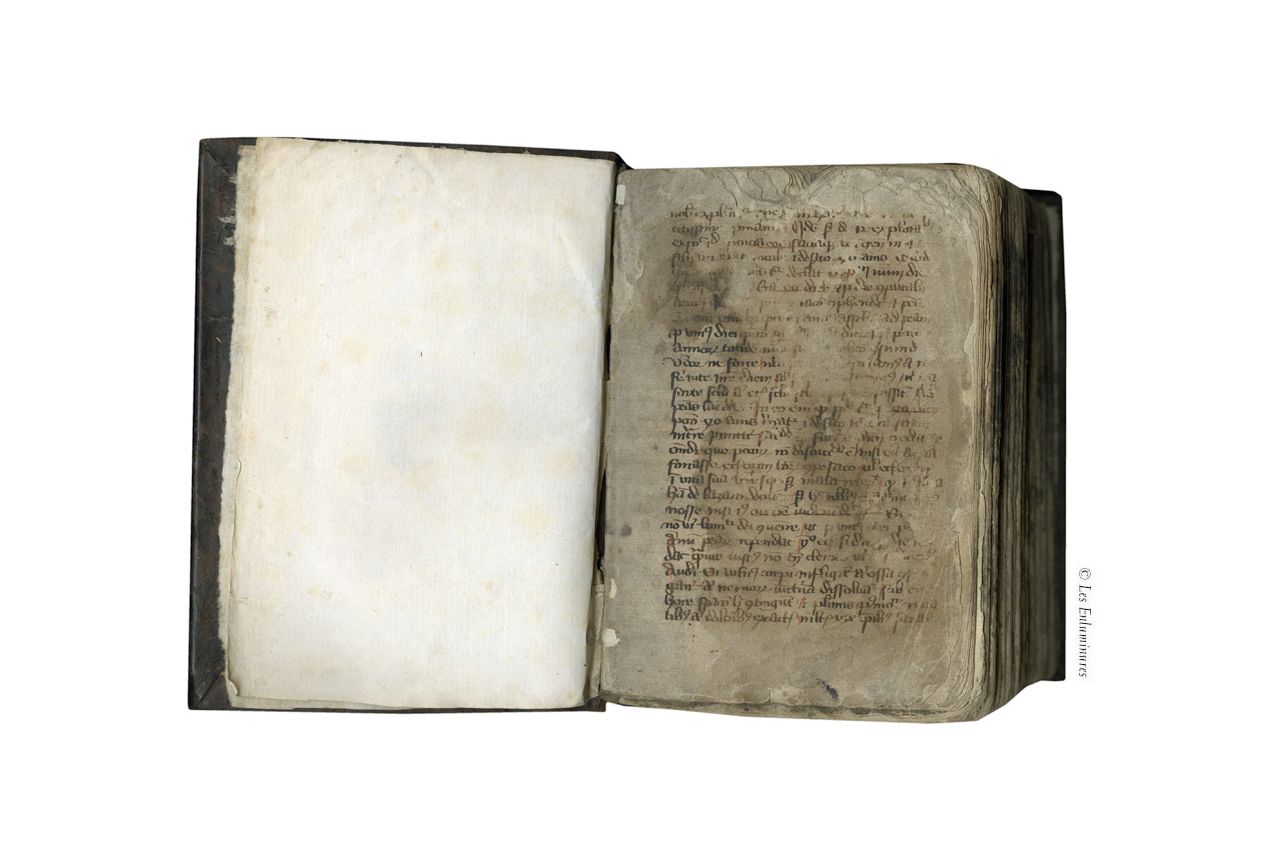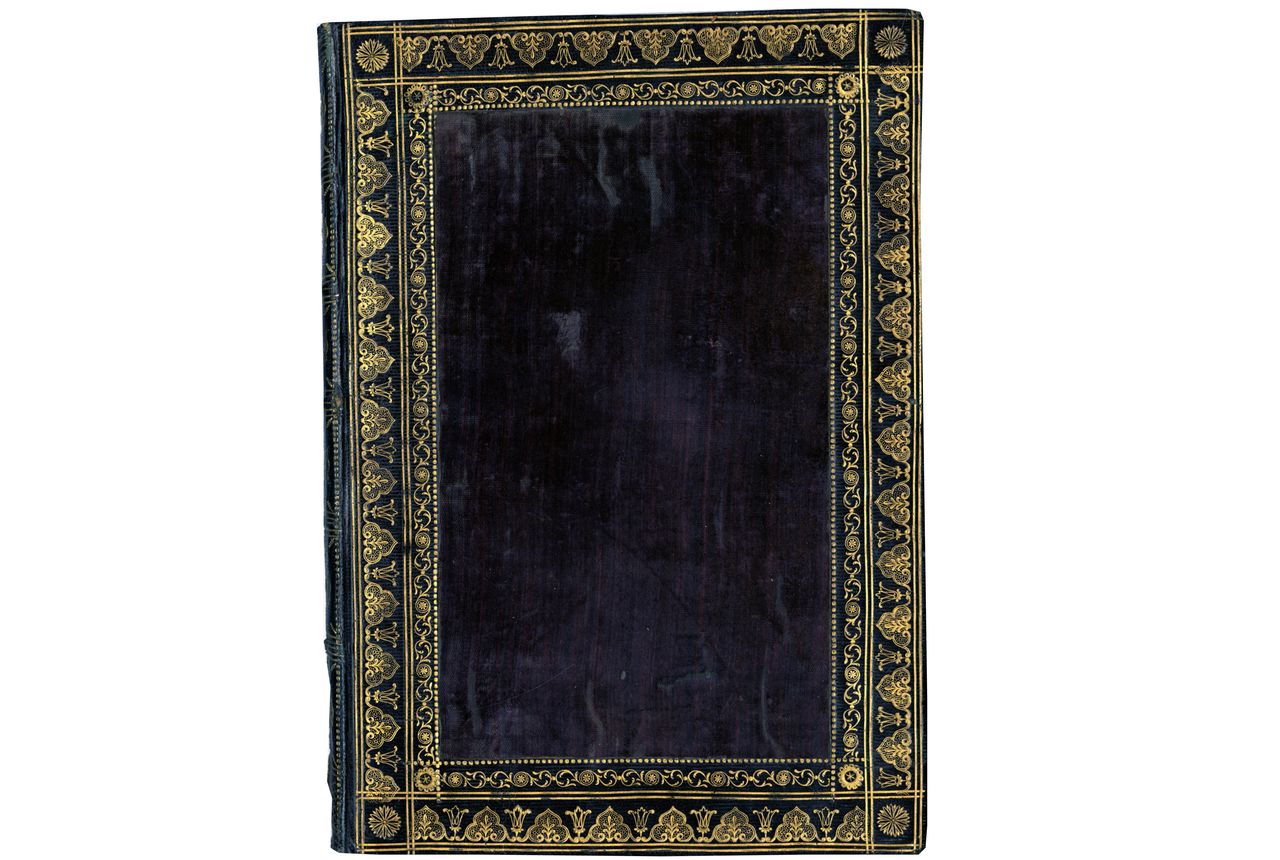

Next, he or she painted the areas to receive gold leaf with a sticky substance such as bole (a refined red clay) or gum ammoniac (sap). In making an illumination, the artist first made an outline drawing with leadpoint or quill and ink. Illumination, from the Latin illuminare, "to light up or illuminate," describes the glow created by the colors, especially gold and silver, used to embellish manuscripts. The appearance of the script-whether rounded or angular, dense or open-was partly dependent upon the shape and the angle of the nib.įind out more about the methods illuminators used in this video. A slit cut into the middle of the nib allowed the ink to flow smoothly to the tip of the pen. The end of the feather was cut to form the writing nib. The scribe wrote with a quill pen made from the feather of a goose or swan. Ruling lines helped the scribe to write evenly and were part of the design of the page. In this prayer book, you can see the ruling in red ink.


Medieval manuscripts on mashleart skin#
Here, the skin of a stillborn goat, prized for its smoothness, is stretched on a modern frame to illustrate the parchment making process.įind out more about the art of writing in illuminated manuscripts in this video.Īfter the surface had been prepared, the parchment was ruled, usually with leadpoint or colored ink. This cycle of scraping and stretching was repeated over several days until the desired thinness had been achieved. As the skin dried, the parchment maker adjusted the tension so that the skin remained taut. While wet on a stretcher, the skin was scraped using a knife with a curved blade. The pelts were first soaked in a lime solution to loosen the fur, which was then removed. Most medieval manuscripts were written on specially treated animal skins, called parchment or vellum (paper did not become common in Europe until around 1450). The exhibition complements Illuminating the Renaissance: The Triumph of Flemish Manuscript Painting in Europe, a major international exhibition on view from June 17 through September 7, 2003.įind out more about parchment making in this video. The Making of a Medieval Book is part of the Getty's "Making of" series, which explores the historical techniques behind various art forms. The exhibition examines the four stages involved in the making of a medieval book: parchment making, writing, illumination, and binding. The images in these handwritten texts are called illuminations because of the radiant glow created by the gold, silver, and other colors. 12v–13r.The Making of a Medieval Book explores the materials and techniques used to create the lavishly illuminated manuscripts produced in the Middle Ages and the Renaissance. Gallois, so-called Naives Hours, 1839 – 42, Paris. Heures françoises et latines pour Madame L. The Naives book of hours, on the other hand, was commissioned by Jules Gallois, Count of Naives, for his wife, as a devotional work, though also supporting his claim to descend from noble medieval ancestors. The Missal was presented in 1844 to the Count of Chambord, then head of the House of Bourbon, by the Legitimist Ladies of France, who were in favour of a return to monarchy.

Two high-end French manuscripts stand out as relatively recent acquisitions: the Naives Hours and the politically-charged Chambord Missal. Pugin and Phoebe Traquair are present in the library, but also some manuscripts reflecting the popular taste for illumination in Victorian England, such as illuminated addresses commissioned for ceremonial occasions, and instances of amateur illumination. Owing to the time and circumstances of its foundation, the museum holds examples of manuscript illumination exemplifying the revival of interest for anything medieval in the 19th century.


 0 kommentar(er)
0 kommentar(er)
